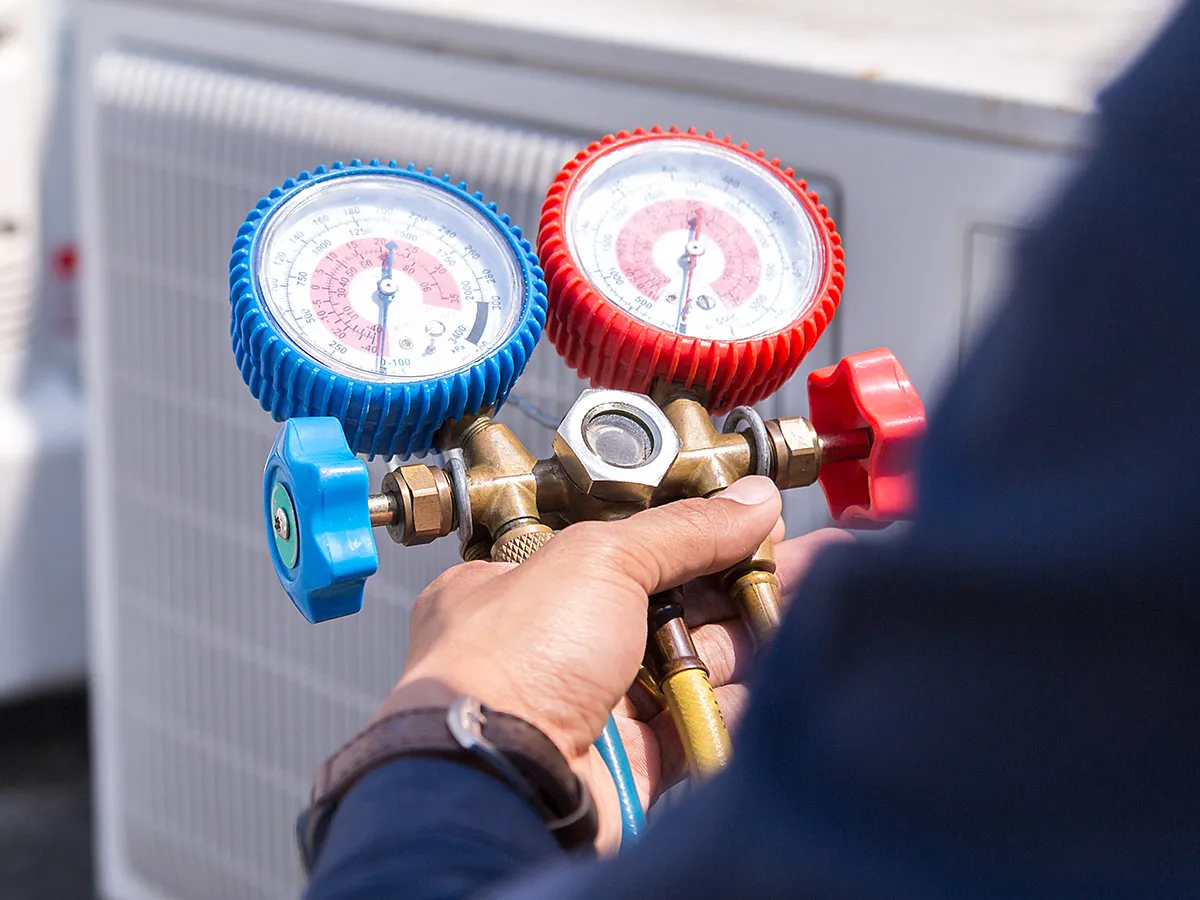The Challenge
Most AC systems are designed to meet the cooling demands of peak load conditions when every student is in the classroom on the hottest day of the year, with higher than average fresh air. But the actual load varies throughout the day and year. Equipment operating outside design parameters can lead to:
- Equipment breakdowns and downtime
- Shorter equipment longevity
- Energy inefficiency
- Mold
- Discomfort
Addressing these problems can deplete schools’ already limited operating budgets.
The Solution
When cooling is needed, Rawal APR Control adjusts capacity to match the load at any given time, ensuring a consistent and stable discharge air temperature and humidity. This continues even as more outdoor air is brought into the space to comply with ASHRAE fresh air requirements. At full load, the APR Control will not impact the capacity of the air conditioning system.
Rawal APR is cost effective with a straight-forward installation. Repairing existing equipment with an APR is often an easier sale than convincing the school to replace it with new, expensive equipment, within their already-limited budget.
Case Studies

How MIT Improved HVAC Efficiency with Rawal Devices’ APR Control in Mixed-Use Spaces

School HVAC Retrofit: How Nodaway Schools Solved IAQ & Cooling Challenges
-
Top Engineering University in the Boston Area
University solves repeated compressor failures due to oversized AC system
University deploys Rawal APR to modulate capacity in buildings with classrooms, offices, and theater space that experience large swings in occupancy and fresh air load. Adding the APR Control put an end to ongoing compressor replacements.
-
A Long Island, NY School District
School district increases outside air during COVID
Long Island, NY school district retrofits HVAC systems with Rawal APR Controls to meet new increased outside air regulations introduced during COVID.
Adding the APR Control helps the air conditioning respond to varying load demands, while minimizing the need for system replacements.







